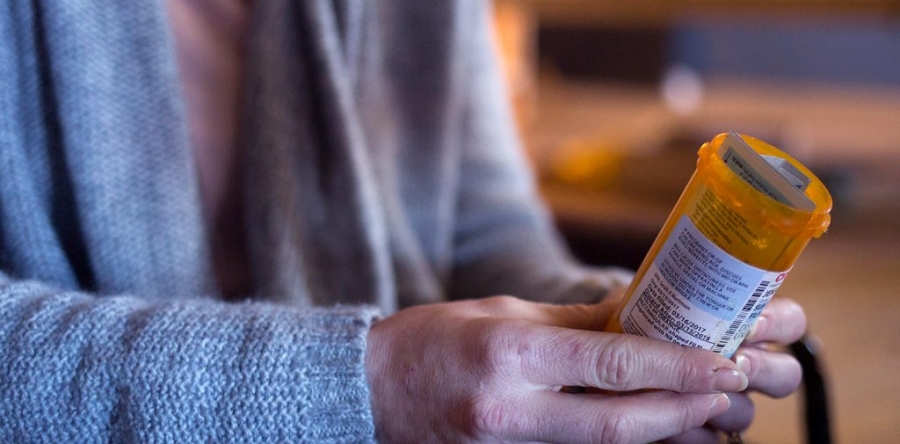By Eric Russell
In York County, the Choose to Be Healthy Coalition at York Hospital has organized prescription drug takeback programs and helped present data on substance use to parents at regional high schools.
In Brunswick, Mid Coast Hospital sponsored a training program for parents to effectively monitor their children for warning signs of substance use or risk factors that might lead to use.
And in Bangor, the city built peer groups within its schools and established a diversion program for students caught using alcohol or drugs. Instead of punishing students with suspension, they are educated and encouraged to seek out more healthful alternatives.
Those are some of the ways federal substance abuse prevention dollars have been used in Maine in an effort to combat the abuse of opioids like heroin, prescription painkillers and other drugs.
It’s a much more nuanced approach than the “Just Say No,” approach popularized by former first lady Nancy Reagan and Drug Abuse Resistance Education, or DARE, which featured police officers lecturing students about the dangers of drug use. As policymakers look for answers to address the heroin crisis, they talk often about the three-legged stool of enforcement, treatment and prevention.
But prevention is often the leg that most gets overlooked. There isn’t even a statewide accounting of how preventive programs are carried out or which have success.
“I think those of us that work in prevention are left feeling like ‘don’t forget about us,'” said Scott Gagnon, operations director for AdCare Educational Institute of Maine, the state’s contractor for a wide range of prevention and behavioral health services. “The biggest challenge is that not everyone understands prevention. It’s hard to rally around that. It’s almost like community organizing in a way. It’s using addiction science and research to shape communities and build healthy environments.”.
Gagnon said most prevention programs are meant to build resiliency among children, especially at-risk children.
The U.S. Substance Abuse and Mental Health Services Administration, for instance, has promoted and funded Communities That Care, a program that has shown promise. A recent survey of 4,000 youth in 24 communities that have adopted the program, including one in Maine, found they were 33 percent less likely to start smoking, 32 percent less likely to use alcohol and 25 percent less likely to initiate delinquent behavior – all risk factors for future substance use.
Research shows that people who start using drugs at an early age have a much higher chance of becoming addicted. Opioids, in particular, have a profound effect on the brain, which is still developing until the age of 25. Among youth, experimentation can lead to addiction. There’s also a correlation with poverty, joblessness and family dysfunction or abuse.
While one generation of Mainers seeks to loosen the grip of opioid addiction and reverse the disturbing upward trend in overdose deaths, Gagnon said it’s critical not to forget about the next generation that’s at risk.
“Just as stigma about substance use and addiction is a barrier to treatment, it can be a barrier for prevention, too,” he said. “Parents still underestimate the power of addiction. They still feel like ‘Oh, my kid would never do anything like that,’ even though we can now show through data that it affects all walks of life.”.

